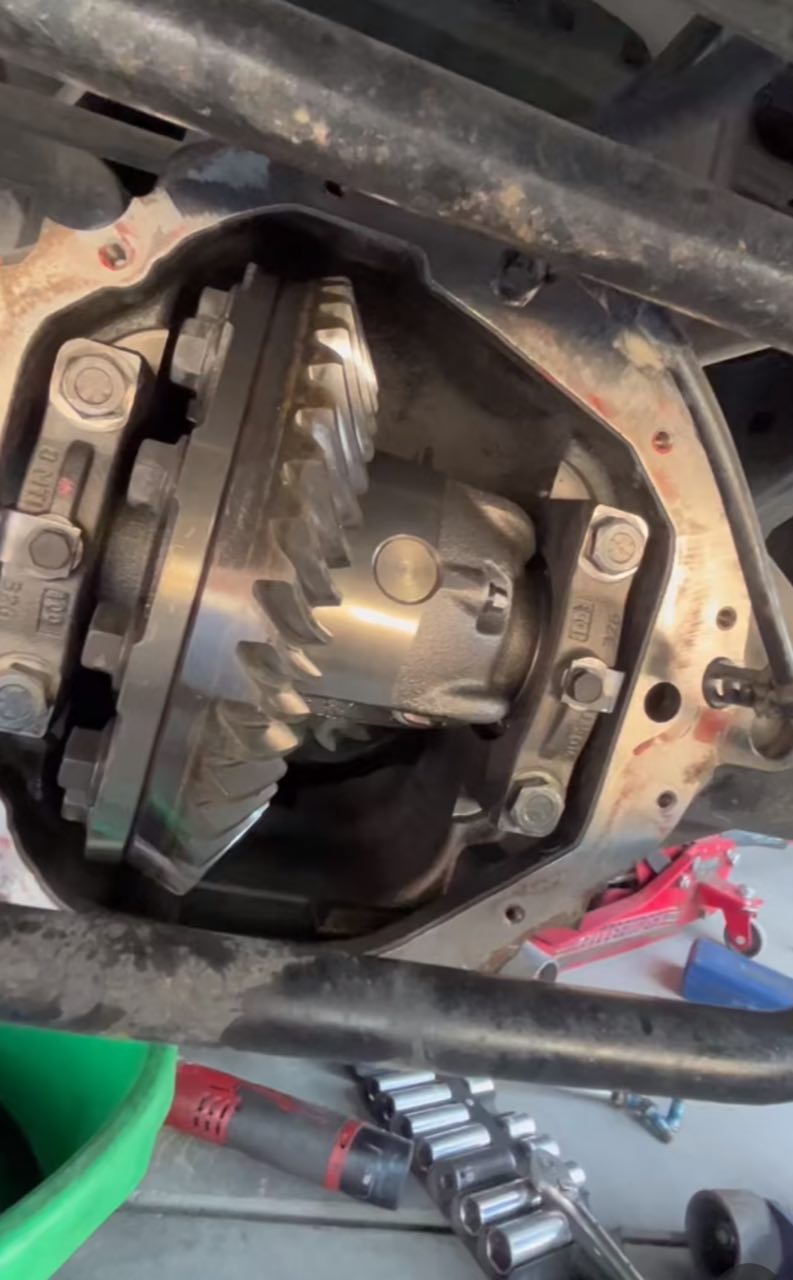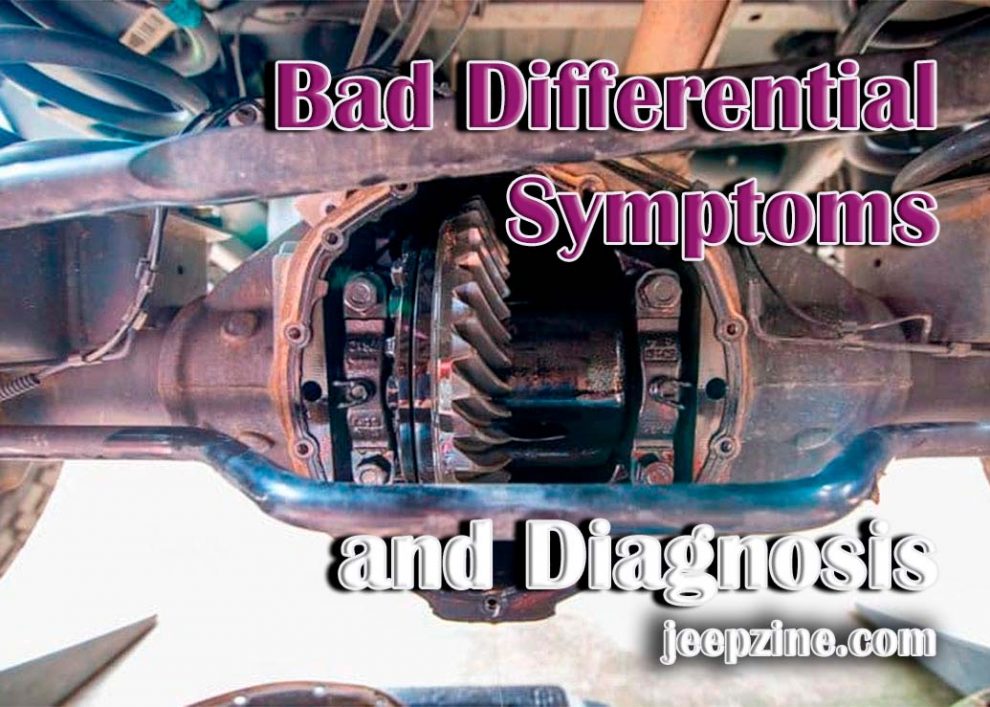The differential in a car is an essential part of the drivetrain that allows the inner and outer wheels to spin at different speeds, making for a smoother and more comfortable ride. Unfortunately, issues with a differential can lead to serious problems with the car’s ability to accelerate or turn. Differential failure can cause severe damage to other components of your vehicle as well, so it’s essential to be aware of possible symptoms and be able to accurately diagnose your vehicle if you suspect that something is wrong. In this article, we’ll explore the signs of faulty differential problems and how to identify them. We’ll also discuss common reasons and preventive steps you can take to avoid expensive fixes or replacement expenses in the future. No matter what type of car you drive, understanding how your vehicle works and recognizing potential problems with its various components is essential for keeping it running smoothly.
Causes of Bad Differential Symptoms

-
Worn-Out Bearings: If the bearings become worn or damaged, it can lead to the gears grinding against each other and cause metal particles to be released into the differential, leading to various issues.
-
Low or Contaminated Differential Fluid: The fluid in the differential cools and lubricates the gears. If the fluid level drops or becomes contaminated, it can increase friction, overheating, and eventual gear damage. Also read here How to Add Rear Differential Fluid.
-
Damaged Gears: Gears inside the differential can become damaged due to impact, wear and tear, or manufacturing defects. It can result in noise and poor vehicle performance.
-
Improper Gear Setup: If the gears in the differential are not set up correctly, either from the factory or after repair work, it can cause premature wear and noise.
-
Leaks: Deterioration or damage to the differential seals can result in fluid leakage. Insufficient lubrication can lead to increased wear and possible breakdown.
-
Driving Habits and Conditions: Continual aggressive driving, off-roading without proper care, or driving in extreme conditions can strain the differential and accelerate wear.
Signs of Bad Differential Symptoms
When a differential is starting to fail, it is common for drivers to hear an increased level of noise when accelerating or decelerating. It may sound like clunking or whining coming from the rear end of the vehicle. This noise may become more pronounced as your speed increases and can be heard both inside and outside of the car. It should also be noted that this sound will get louder with each successive turn you make. Another sign of bad differential symptoms could be a vibration felt while driving, particularly at higher speeds. The vibration will typically originate from the area near or around the wheels, and it may become worse over time if not addressed properly.
If your differential malfunctions, you might notice a drop in fuel efficiency. It is due to the increased load on the drivetrain components as the differential fails. Drivers may also have trouble steering their vehicle, and they may find that their car does not turn as quickly or respond expectedly. It can be particularly noticeable when parking or making tight turns. You may also find that your vehicle requires more effort when turning and driving up hills or inclines than usual. Finally, a bad differential can cause an oil leak from around the axle of your vehicle, which should be addressed immediately to prevent further damage and potentially costly repairs.
Diagnosing and Repairing Bad Differentials
If you suspect a problem with your vehicle’s differential, ensure you get it promptly assessed and fixed by a skilled technician. The first step is to perform a visual inspection to look for any signs of leakage from seals and gaskets to determine where fluid loss has occurred. Then, check fluid levels and condition before testing the drive shaft performance to identify any vibration or pulling issues that may indicate a problem within the differential. After these initial steps have been taken, more advanced diagnostic procedures, such as special scans, may need to be conducted if needed. Once identified, repairs typically involve replacing worn parts and seals and refilling fluid levels before resetting gears back into their correct positions, if necessary, before finally reassembling everything back together for proper operation.
Conclusion
Differential failure can be a major cause of frustration for drivers and can lead to costly repairs if not handled swiftly. By understanding the common symptoms and causes of bad differential symptoms, drivers can take the necessary steps to diagnose and repair their vehicle’s differential issues before they become too serious. Diagnosing and fixing a failing differential requires qualified expertise, so it is always best to take your car to a professional mechanic for an accurate diagnosis and repair. Taking preventative measures such as regularly servicing your vehicle, checking fluid levels, and following proper driving habits are also essential for keeping your vehicle in good condition.

